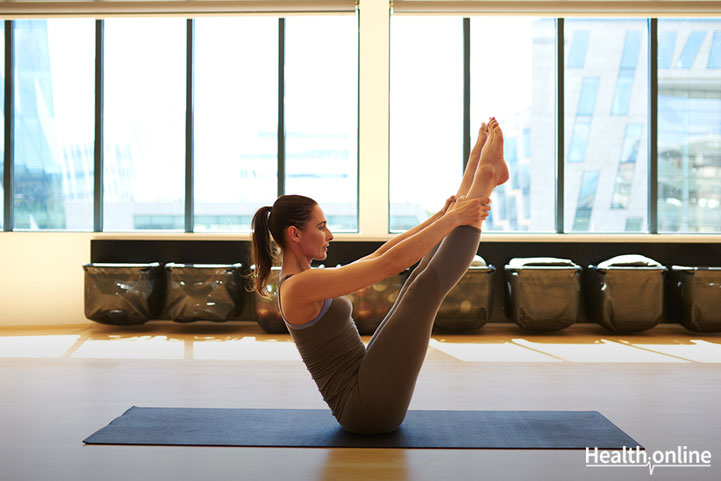
5 Ways in Which Pilates Benefits Runners
Pilates and Yoga are often referred to in the same breath, mainly because of their similarity of blending mind and body in their exercises. Pilates is, however, a fairly new fitness system and was developed in the early 1900’s by a German physical trainer, Joseph Pilates. The benefits of Pilates are numerous and have been vouched for by celebrities and, even Olympic athletes, like Andy Murray!
Pilates is a complete body exercise. Joseph Pilates, in fact, called the system ‘Contrology’ to focus on the control of mind and body. There are six major principles on which Pilates’ exercises are based on – Concentration, Control, Precision, Flow, Center, and Breathing. Every exercise uses these principles in tandem. The original Pilates has 34 mat exercises and the modified exercises are supplemented with the use of specially designed apparatuses like the ‘Reformer’, the ‘Magic Circle’ and the ‘Wunda Chair’.
As a runner, you must be wondering what are the benefits of Pilates exercises for you and how they can enhance your running performance.
5 Ways Runners Benefit From Pilates:
Improves your core – It is important to cross train while creating a training regime for running. Running every day is not the best way to train your body, not even for marathons! You especially have to work on improving your core muscles that support you during the run. Core muscles are the muscles in your hips, back, shoulders and abdomen. The specific and accurate movements of Pilates exercises along with the breathing techniques in Pilates create tension in these muscles and strengthen them. Once you have this core muscle strength, you can feel yourself being stabilized and see this impact your running. You will also have more stamina to ace your run .
Helps in recovery – As a runner, you have often been told that stretching is an important step in recovering from a long run. One of the benefits of Pilates is that with regular practice your muscles are conditioned, which leads to better flexibility and joint mobility. So, when you go for a run after Pilates, your body is already attuned to the stretching, and you won’t feel the soreness or tightness in your body that you usually see. Your knees and ankle joints will thank you for the Pilates exercises over time!
Controls your breathing – Running is an aerobic exercise and demands the complete utilization of the lungs and heart. This is especially observed on longer runs when the lungs are used at their maximum capacity. The functioning of the lungs can be improved through Pilates exercises, which focus on breathing awareness. These exercises will help in increasing lung capacity, which leads to an increase in the intake of oxygen and the circulation of oxygenated blood during long runs, thus increasing your endurance.
Increases your speed – Pilates exercises help to increase speed and performance. These exercises strengthen your hips, legs and back, leading to a better running gait and stride. This considerably increases your performance and reduces your running time. Having good control over breathing, as well as having confidence in your body, will help you keep your mental strength while running.
Prevents of injury – From Runner’s Knee to Stress Fractures, runners have to deal with a lot of injuries if they are not careful. A regular Pilates regime will help in a better balance of the body and a good posture, which leads to fewer injuries. Pilates exercises make you aware of your body and help you automatically adjust yourself while running.
Similar to yoga, Pilates focuses on quality over quantity. With Pilates, the attention is on doing the exercises accurately. This is different from other aerobic exercises, where the focus is on doing more exercises at a faster rate. The best way to incorporate Pilates into your training regime is by including it on the days you go for long and tough runs. The stretching and complete body workout that Pilates provides will help ease out the pain and help in recovery.
Recommended Video: Long Jog vs. Short Sprint




